The Dynasties of the North


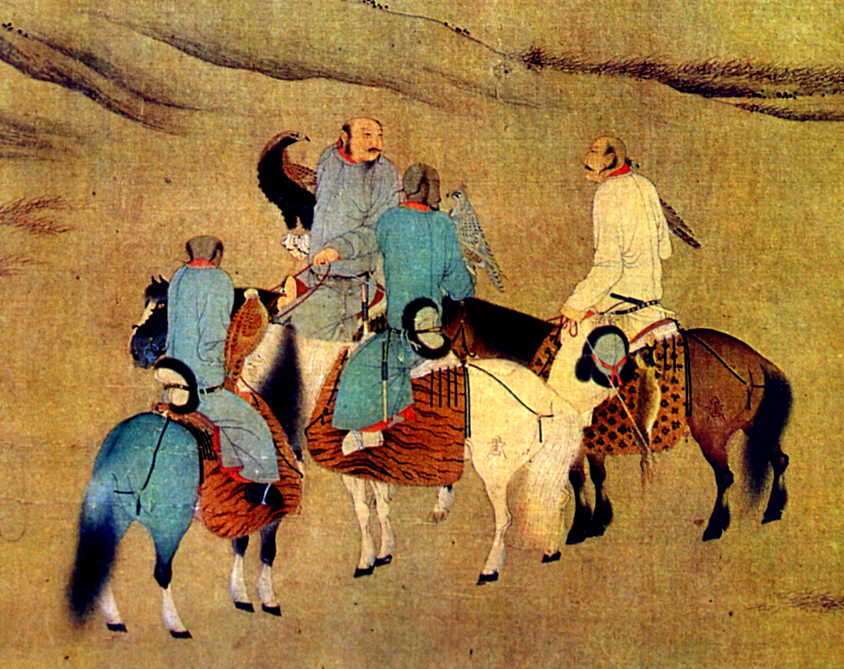



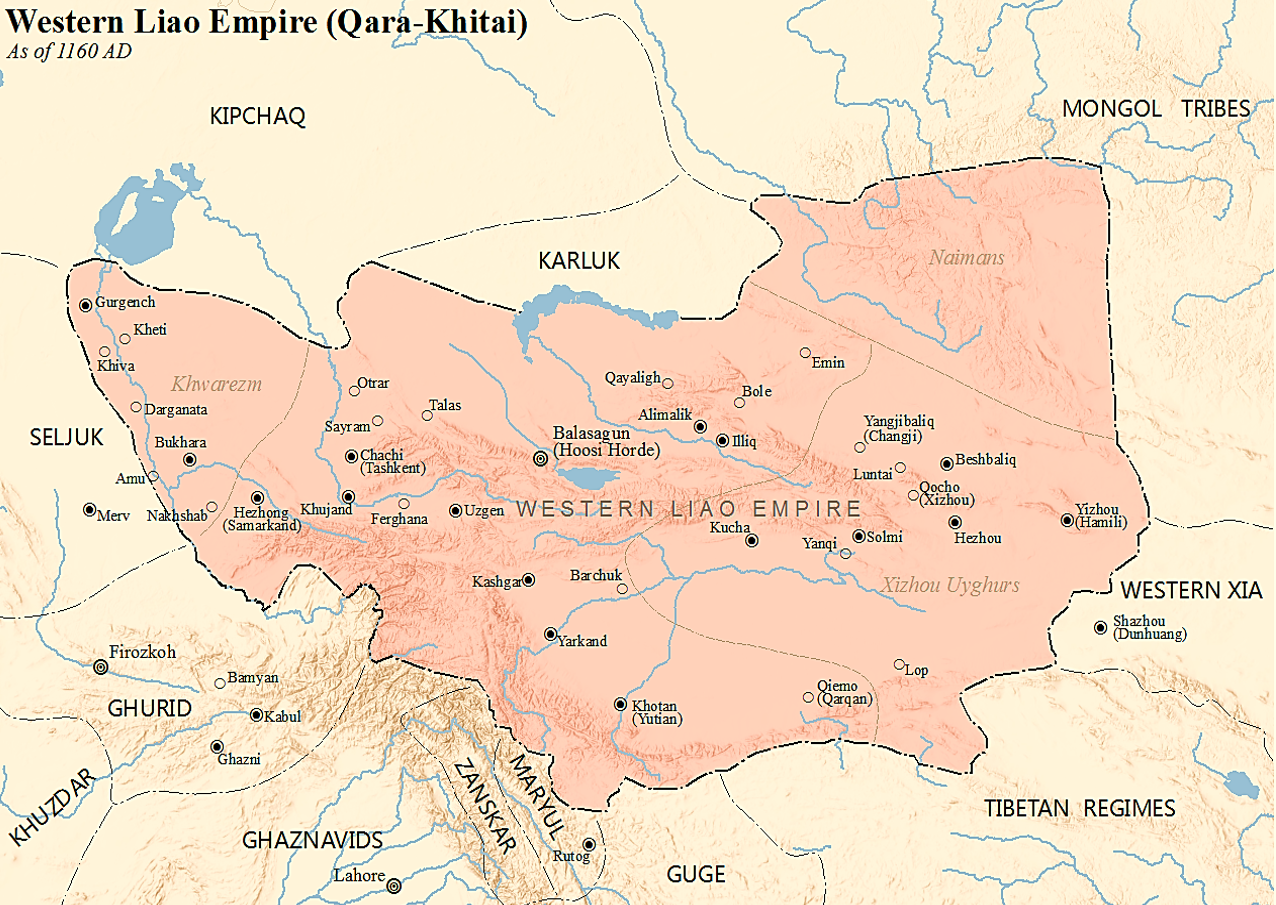


















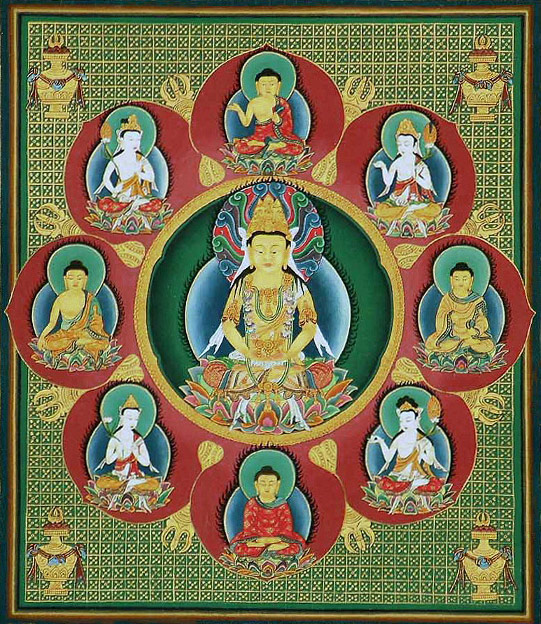

You can read the Mahavairocana Sutra for yourself by downloading it from the Society for the Promotion of Budhism (Bukkyo Dendo Kyokai) by clicking here.



You can read the Lotus Sutra for yourself by downloading it from the Society for the Promotion of Budhism (Bukkyo Dendo Kyokai) by clicking here.
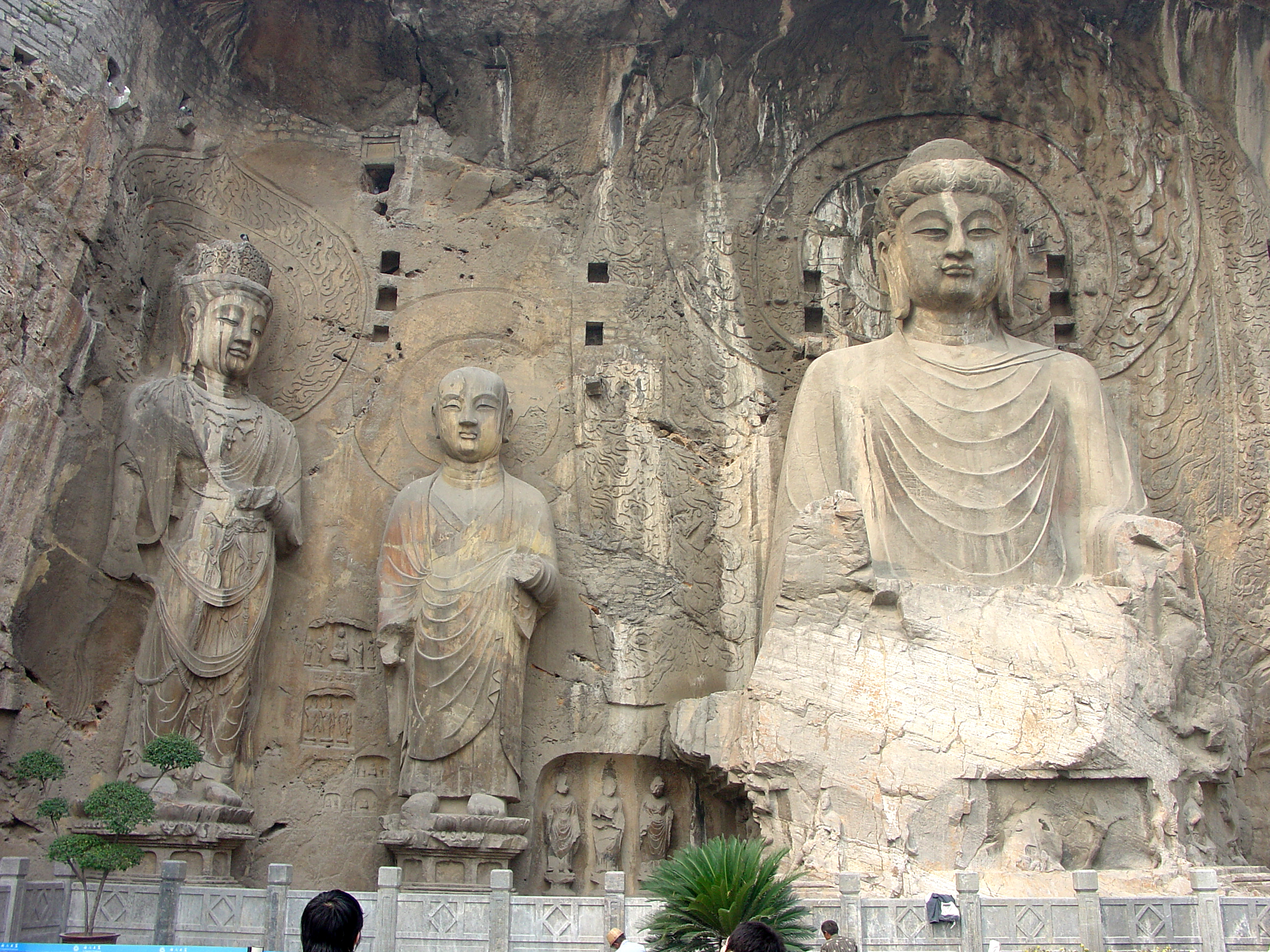



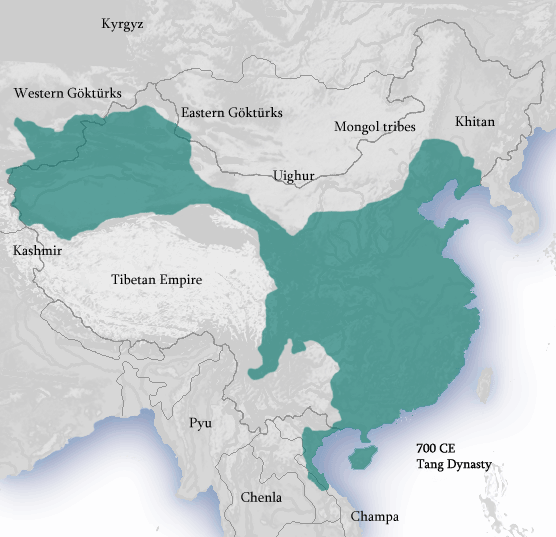



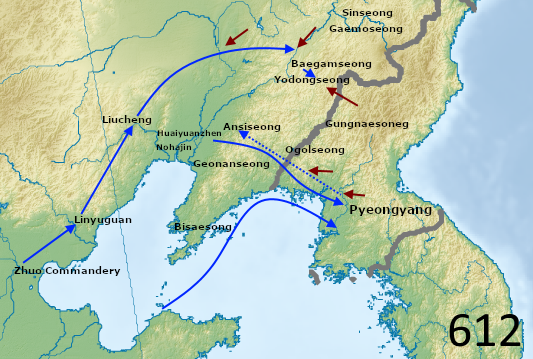
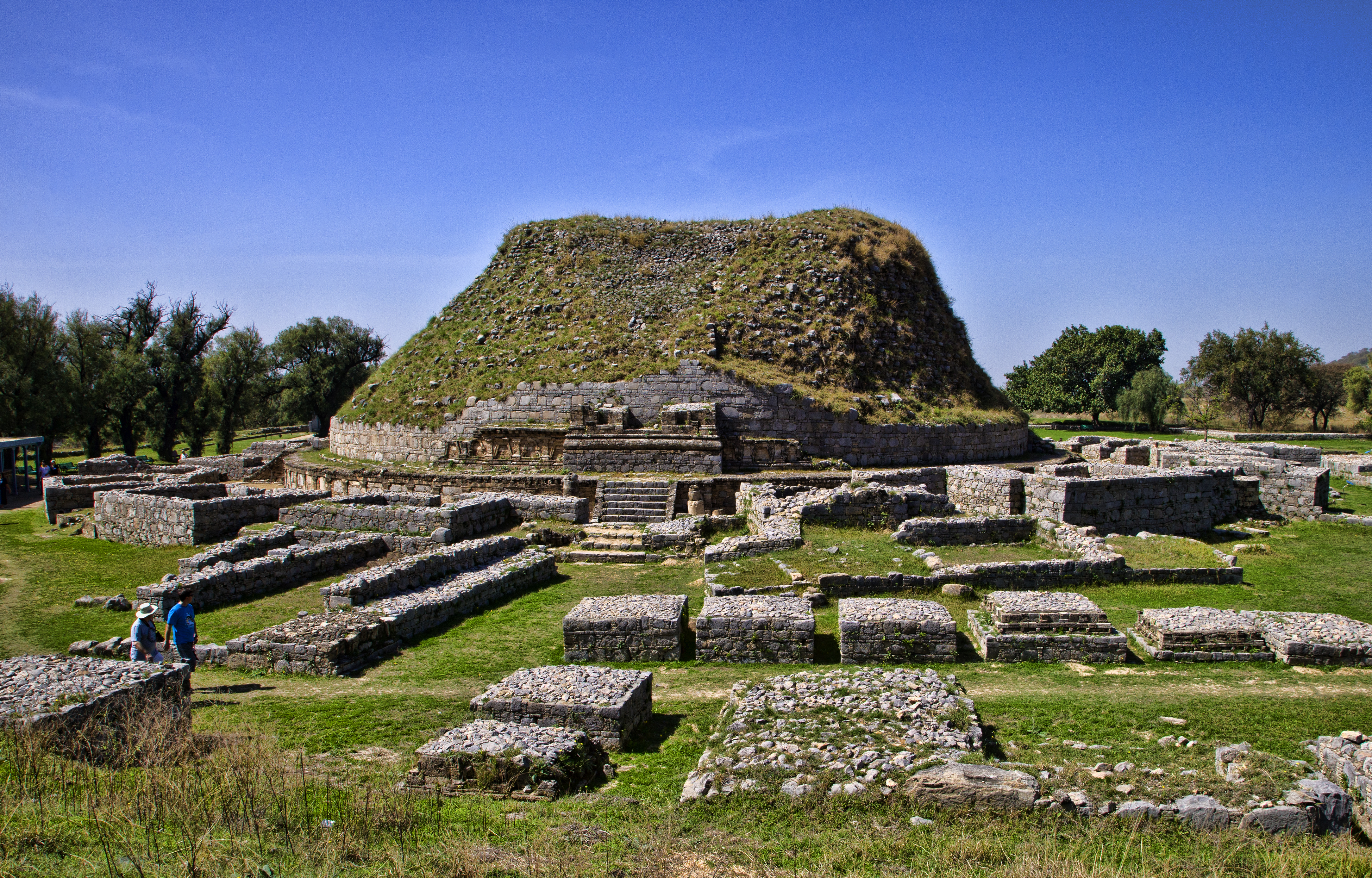




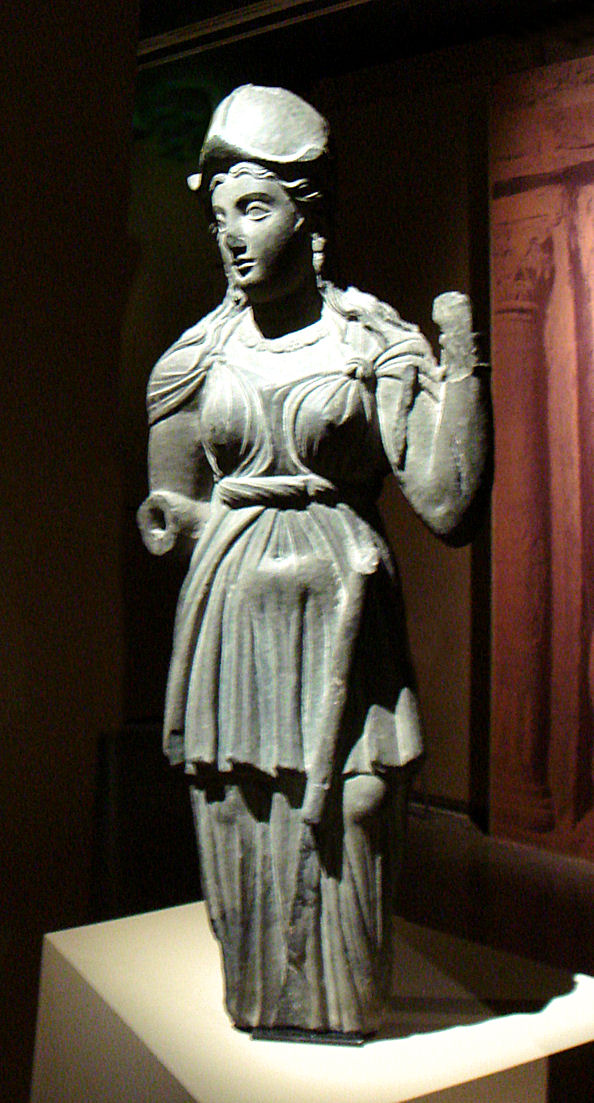


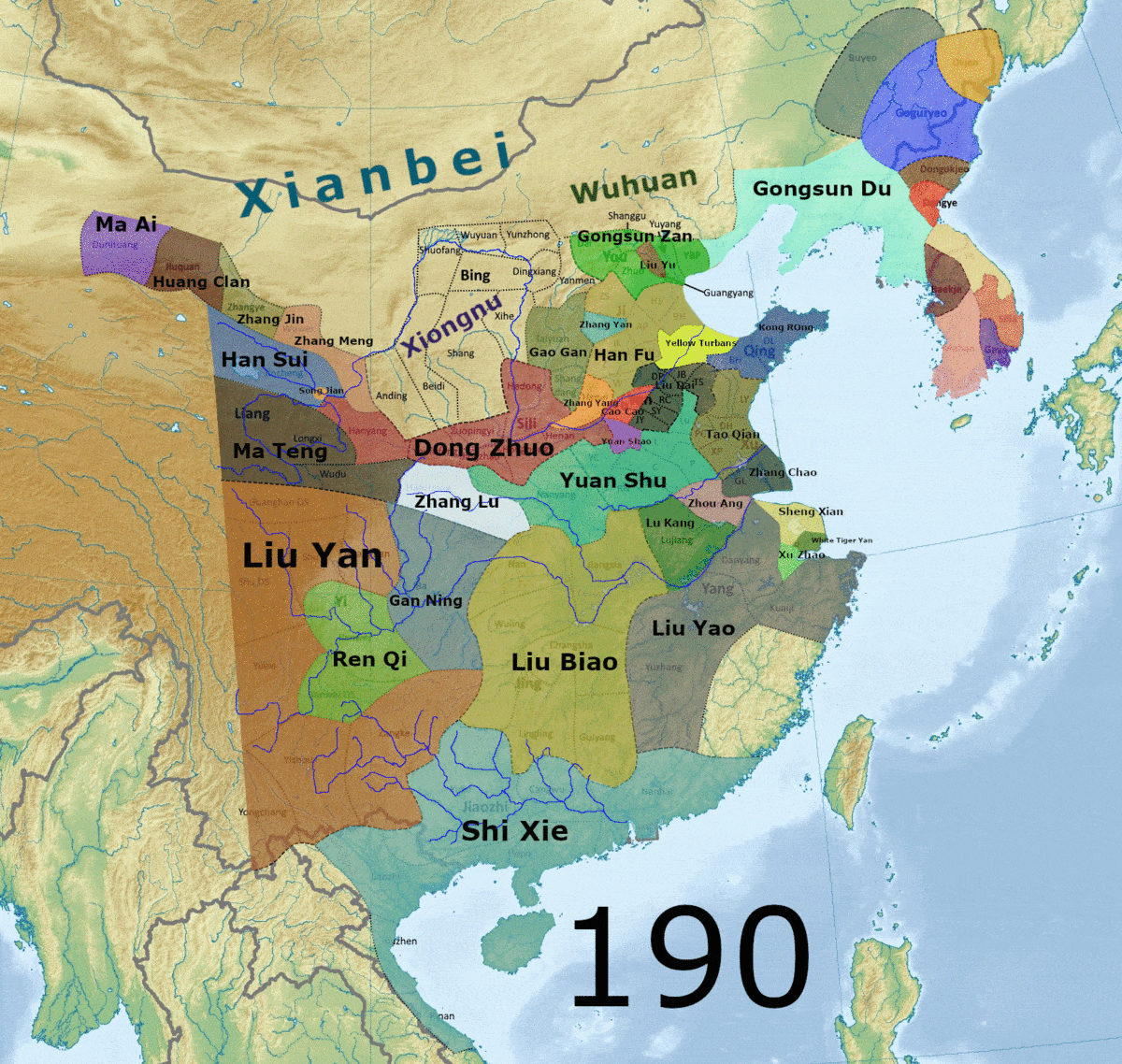
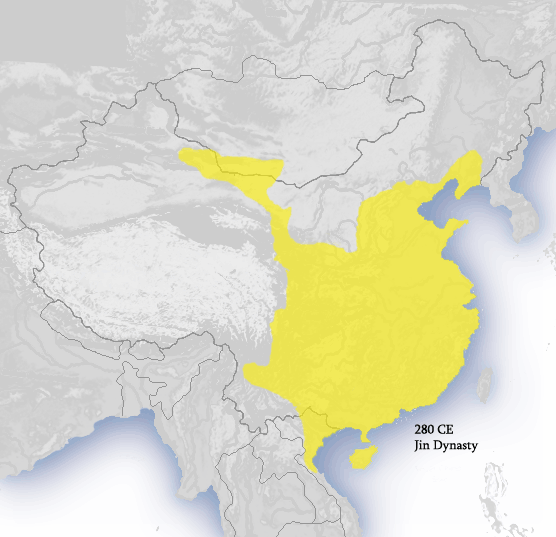

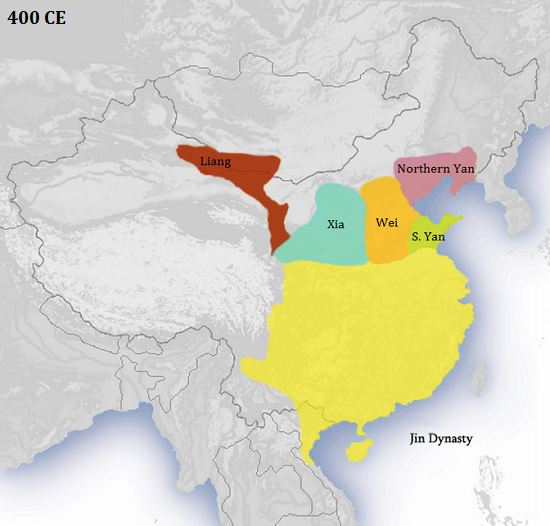

Recent Comments